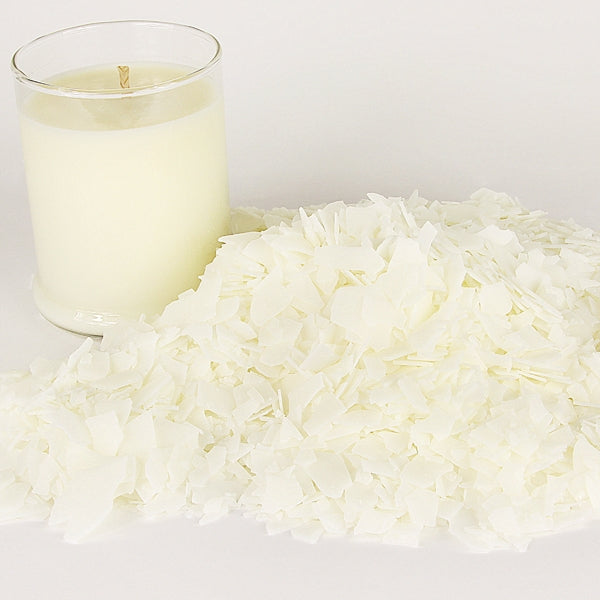From Wick to Wax: Recognizing the Chemistry Behind Soy Wax Candles and Their Environmental Impact
As we brighten our spaces with the cozy glow of candle lights, there exists a realm of intricate chemistry behind the apparently basic act of lighting a soy wax candle. The choice in between soy and paraffin wax extends beyond plain appearances, diving into the world of environmental effect and the very make-up of the materials. Comprehending the molecular structure of soy wax and its combustion procedure loses light on the exhausts released into our surroundings. Join us as we unwind the clinical complexities behind soy wax candle lights and discover their ramifications on our setting.
Soy Wax Vs. Paraffin Wax
When contrasting soy wax and paraffin wax for candle making, it is necessary to understand the unique qualities and benefits of each material. Soy wax is a natural, renewable source originated from soybean oil, making it eco-friendly and environmentally friendly - home fragrance. On the other hand, paraffin wax is a by-product of petroleum refining, which raises issues concerning its environmental effect and sustainability
Soy wax candles shed cleaner and emit much less residue contrasted to paraffin wax candle lights, making them a much healthier choice for interior air top quality. Additionally, soy wax has a reduced melting point, enabling for a longer-lasting candle light that distributes fragrance better. Paraffin wax, on the various other hand, tends to melt faster and less easily, potentially launching unsafe chemicals right into the air.
From a sustainability viewpoint, soy wax is preferred for its biodegradability and renewable sourcing, aligning with the growing customer choice for environmentally aware products. While paraffin wax has been a typical selection in candle light making as a result of its price and convenience of usage, the shift in the direction of eco-friendly alternatives like soy wax is gaining momentum in the sector.
Chemical Make-up of Soy Wax

Combustion Refine in Soy Candles
The chemical composition of soy wax directly influences the burning process in soy candle lights, impacting variables such as melt time, scent launch, and ecological influence. When a soy candle light is lit, the heat from here are the findings the flame thaws the wax near the wick.
The burning performance of soy candle lights is affected by the pureness of the soy wax and the high quality of the wick. A clean-burning soy candle with an appropriately sized wick will create a consistent flame and reduce soot formation. This not just expands the burn time of the candle yet additionally enhances the release of scents. In addition, soy wax candles have a lower ecological effect compared to paraffin candles as a result of their eco-friendly and eco-friendly nature.

Environmental Advantages of Soy Wax

Taken into consideration a sustainable choice to typical paraffin wax, soy wax supplies significant ecological benefits that make it a preferred option amongst eco-conscious customers. Soy wax burns cleaner and creates much less residue than paraffin wax, contributing to much better indoor air high quality and decreasing the demand for cleaning and maintenance. On the whole, the ecological advantages of soy wax line up with the expanding need for environmentally friendly and lasting products in the market.
Recycling and Disposal Factors To Consider
Recycling and correct disposal of soy wax candles play an essential duty in keeping ecological sustainability and decreasing waste in households and communities. When it comes to recycling soy wax candle lights, the very first step is to make certain that the candle has actually shed completely. This can be attained by allowing the candle light to burn till the wick is no more usable, and afterwards letting the continuing to be wax cool and strengthen. Once the wax has strengthened, it can be thoroughly gotten rid of from the container.

In terms of disposal, if recycling is not a choice, soy wax candle lights are naturally degradable and can be safely thrown away in the majority of family waste systems. It is constantly suggested to check with regional reusing centers or waste management solutions for certain guidelines on candle light disposal to make sure proper try this handling and ecological security.
Conclusion
In conclusion, the chemistry behind soy wax candles reveals their ecological benefits over paraffin wax candles. Soy wax, derived from soybean oil, burns cleaner and generates much less residue when contrasted to paraffin wax.
When comparing soy wax and paraffin wax for candle production, it is important to understand the distinctive qualities and benefits of each product (candles).Soy wax candle lights burn cleaner and release less soot compared to Continued paraffin wax candles, making them a much healthier selection for interior air top quality.Considered a lasting choice to conventional paraffin wax, soy wax provides notable ecological advantages that make it a popular option amongst eco-conscious consumers. Soy wax burns cleaner and generates less residue than paraffin wax, contributing to better indoor air high quality and decreasing the requirement for cleansing and upkeep.In verdict, the chemistry behind soy wax candles reveals their environmental benefits over paraffin wax candles